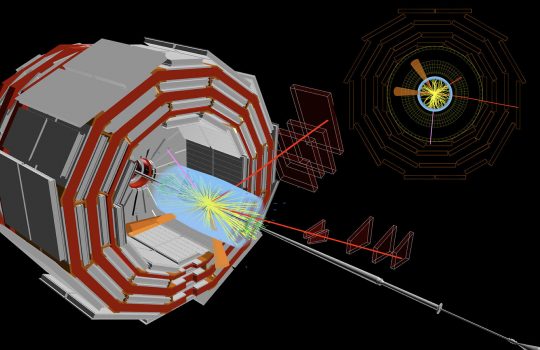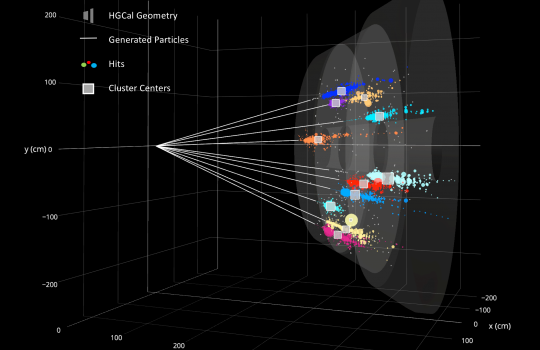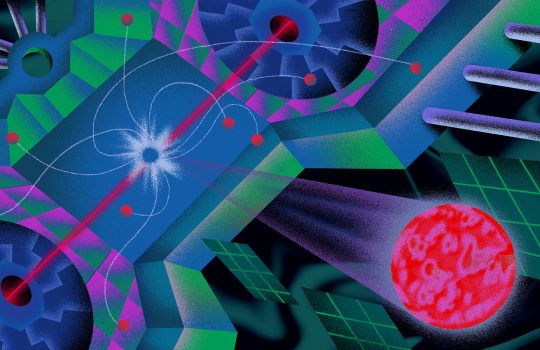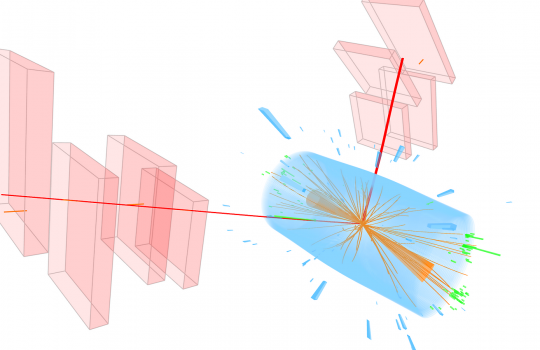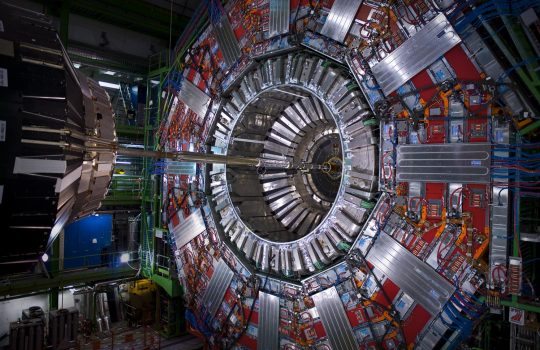CMS collaboration publishes its 1,000th paper
From the CMS collaboration, Nov. 30, 2020: On Nov. 24, the CMS collaboration at CERN’s Large Hadron Collider announced the publication of the 1,000th paper in a peer-review journal, an exceptional achievement for a single experiment. Fermilab scientist Boaz Klima, CMS Publications Committee chair, is quoted.

